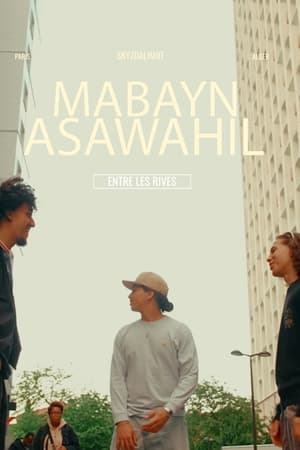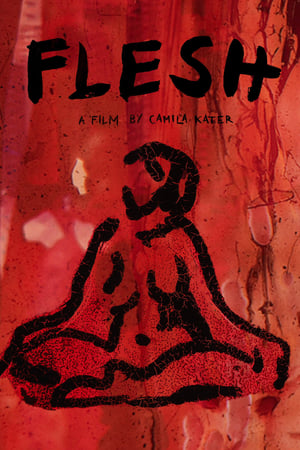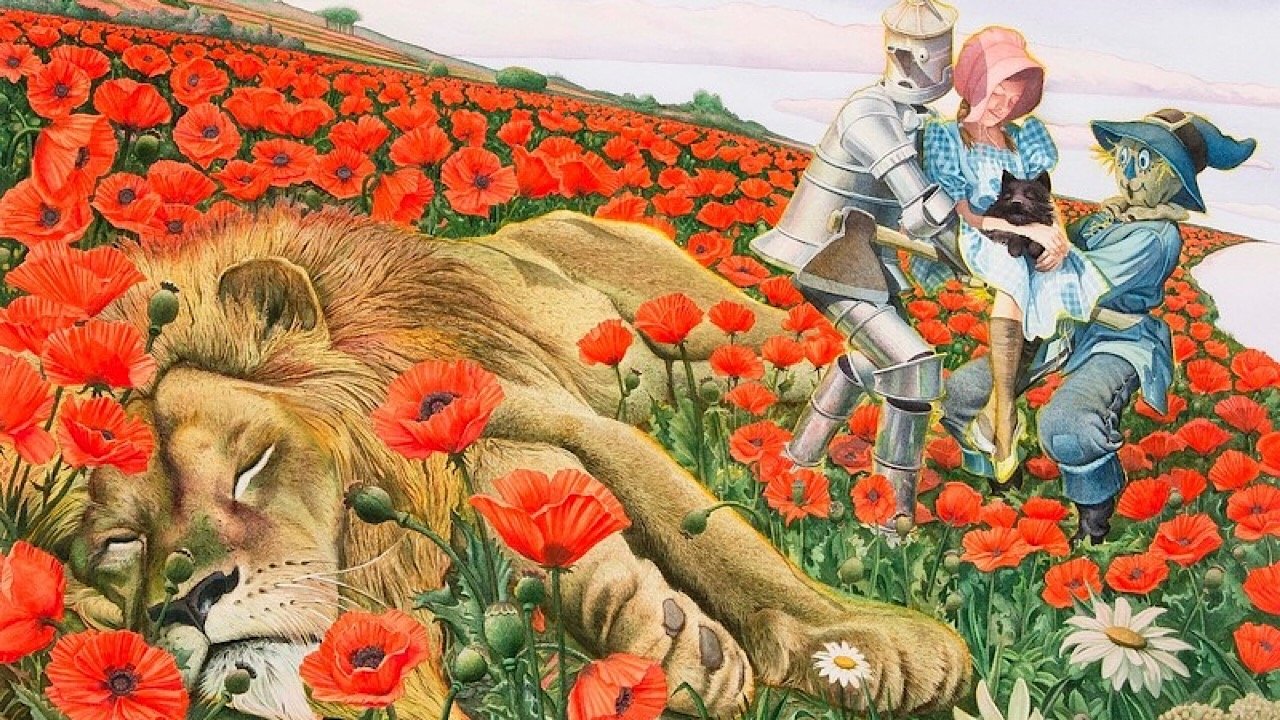
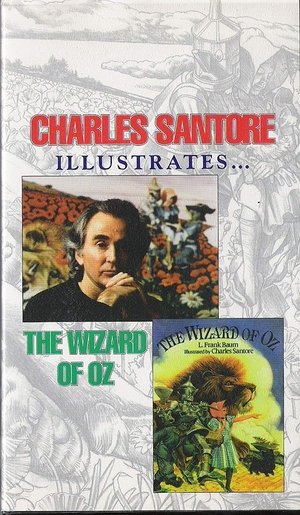
Charles Santore Illustrates The Wizard of Oz(1997)
Charles Santore, in an expansion of his discussion in “Oz: The American Fairyland” (1997) (V), tells about his experience making an abridged storybook of “The Wizard of Oz”. He tells of his inspirations, the little girl who modeled for Dorothy, the tin man in folk art, and a left to right progression in a journey of identity, with opposing forces pushing the movement in art back to the left.
Movie: Charles Santore Illustrates The Wizard of Oz
Top 1 Billed Cast
Himself

Charles Santore Illustrates The Wizard of Oz
HomePage
Overview
Charles Santore, in an expansion of his discussion in “Oz: The American Fairyland” (1997) (V), tells about his experience making an abridged storybook of “The Wizard of Oz”. He tells of his inspirations, the little girl who modeled for Dorothy, the tin man in folk art, and a left to right progression in a journey of identity, with opposing forces pushing the movement in art back to the left.
Release Date
1997-06-07
Average
8
Rating:
4.0 startsTagline
Genres
Languages:
Keywords
Recommendations Movies
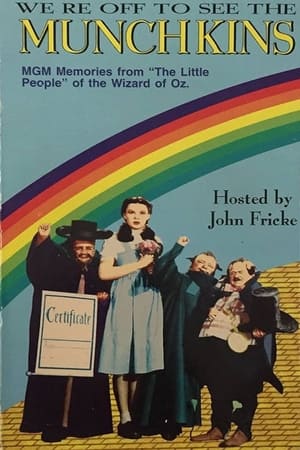 5.0
5.0We're Off to See the Munchkins(en)
The last eight surviving Munchkins from The Wizard of Oz share their memories in this 1993 documentary hosted by Oz historian John Fricke.
 6.0
6.0Praktikum - Der Film(de)
The female protagonist finally makes it to get a job as an intern. But after a while working at this weird company, she finds out the criminal site of it and learns to be a criminal herself.
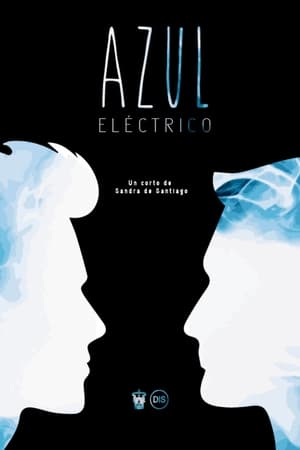 6.0
6.0Electric Blue(es)
Carlos and Roque, two high school friends, play on the same soccer team. After an unexpected rapprochement between the two, Carlos doubts about his sexuality, rejects Roque's friendship and forces him to keep quiet. From this moment on, Carlos faces the difficult circumstance of making a decision whether or not to save his friendship.
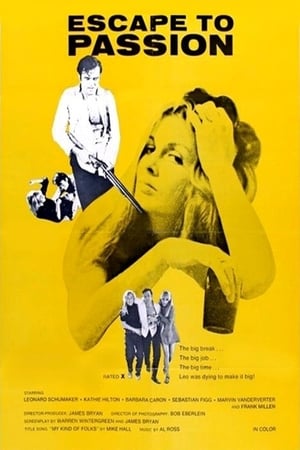 3.2
3.2Escape to Passion(en)
Leo is a small time crook on the road to redemption. The age old story of a broken man trying to change himself. Escape to Passion is a sleazy action-packed classic.
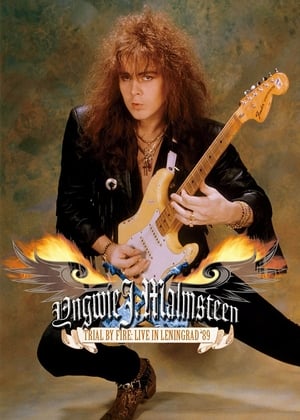 6.3
6.3Yngwie J. Malmsteen: Trial by Fire - Live in Leningrad '89(en)
An extended live set comprised of many of Malmsteen's hits along with his two legendary guitar performances ("Black Star" and "Far Beyond the Sun").
 4.1
4.1Buffalo Police on Parade(en)
A street scene showing parade of the entire Buffalo Police Department, 16 men abreast, with military band.
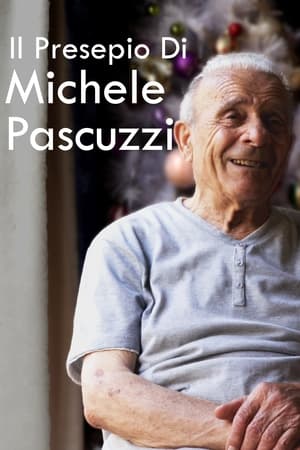 10.0
10.0The Nativity Scene of Michele Pascuzzi(it)
A short documentary about the intricate nativity scenes of Michele Pascuzzi.
 5.5
5.5Uncle Moustache(fa)
A lonely old man takes to terrorizing the kids who build a football pitch next to his house.
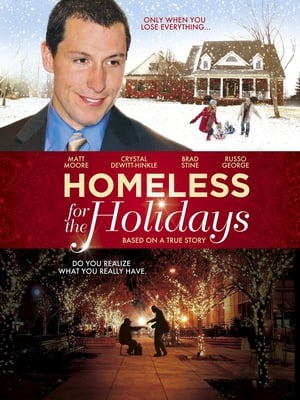 2.7
2.7Homeless for the Holidays(en)
A smug executive enjoys the perfect life - until he loses his job, and finds himself working at a burger joint. Now he's falling behind on his bills, and if something doesn't change soon, his family could lose everything by Christmas.
 6.4
6.4The Golden Fern(cs)
Wandering through the forest, a woodcutter finds a golden fern whose seed turns into a beautiful woman - they fall in love. After getting drunk in a village feast, he gets to sign up to the army. The fairy gives him a shirt to wear and asks him to swear he will never abandon it. At the war front, he falls in love with the the colonel's daughter and will have to perform various feats to get her attention.
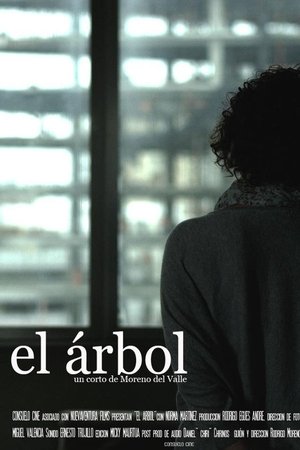 6.0
6.0el árbol ( the tree)(en)
Maria steps into her mother's apartment, a bittersweet journey down memory lane. The rooms echo with the echoes of her childhood, as she spots the familiar furniture and treasured trinkets. Loneliness settles in, a quiet companion. She recalls the days when her mother's voice would call out her name, back by their favorite tree, in simpler times.
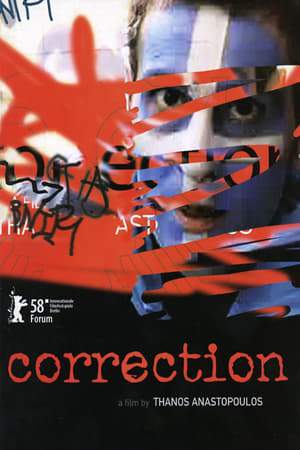 4.8
4.8Correction(el)
This is not an easy mystery to solve in all its subtleties. In the last paragraph, I give my take on the characters. I won't give away the principal spoiler. Still, if you want to exercise your Sherlock skills to the fullest, skip that last paragraph. I'll warn you. A man leaves prison. He has been paroled. The best he can do at first is stay at a shelter for poor people and look for work. In the meantime he tries to reconnect with people he knows and to avoid the attention of several shady individuals that know him. That's the layout. The mystery elements arise from the fact that he is rejected by a few, pursued by a duo of suspicious looking men, and approached by a bunch of unsavory roughnecks that know him well. Why the rejection? Why the persecution? What is the gang about? The film is parsimonious about handing out hints and clues that we need to answer those questions. The best we can do is work out hypotheses and see if they pan out at the end.
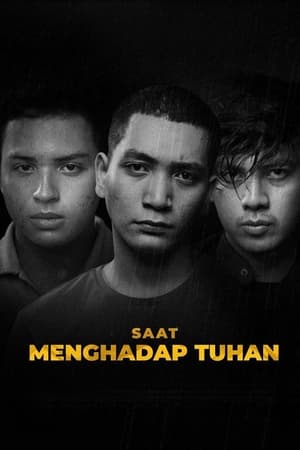 6.0
6.0Saat Menghadap Tuhan(id)
Growing up with a dark past and a simple dream: to make his mother happy, Damar had to 'fight' against himself in order to become a good teenager.
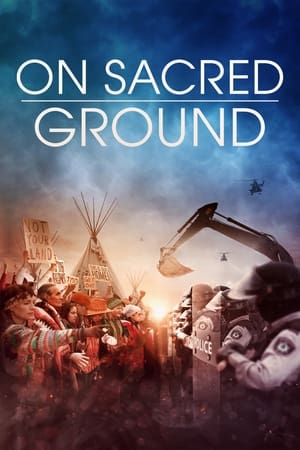 5.3
5.3On Sacred Ground(en)
Based on the true events during the 2016 construction of the Dakota Access Pipeline that runs through the Standing Rock Indian Reservation in North Dakota on land that is owned by the Lakota “Sioux” Tribe. The film follows Daniel, a journalist and Afghanistan War military veteran, and Elliot, an oil company executive, who find themselves on opposite sides of the fight during the construction of the contentious pipeline.
 10.0
10.0Strawberry Shortcake: Berry Best Chef(en)
Get ready for sweet treats galore in three delicious adventures! When Apple praises a cake of Strawberry's that's not so tasty, she must make it right in "The Berry Best Taste Test." Sour and Apple's pals encourage them to find a recipe for friendship in "The Berry Best Biscuit." And when the girls help Berrykin Bloom in the "Hot Sauce Cook Off," they soon discover how heated competition can get!
Ensamrummet(sv)
Emma's parents are going to divorce, but before that the family goes on holiday to the countryside. Emma is left alone when the parents just arguing and moving to another room. Soon she discovers that there is something mysterious about the room when a typewriter starts writing a message by itself...
 4.8
4.8The Wizard of the Strings(en)
Profiles Roy Smeck, a former vaudeville star known as "The Wizard of the Strings" because of his virtuoso talents on the guitar, banjo, ukelele and Hawaiian guitar, and who is shown to be still active, in his mid-80s, teaching students and giving occasional public performances.
 10.0
10.0The 8:37 News(en)
In today's social structure, news can often be misleading and politically biased, but not on this station... because they don't know what those words mean.
Similar Movies
At the Beach(fr)
Burn victims get to enjoy a family day at the beach thanks to an outing organized by the Association des grands brûlés.
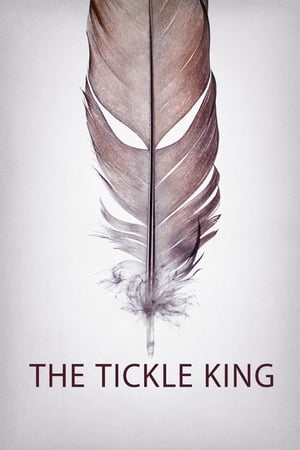 6.9
6.9The Tickle King(en)
Featuring new, previously unseen footage documenting the bizarre and unsettling things that happened to filmmakers David Farrier and Dylan Reeve as Tickled premiered at film festivals and theaters in 2016. Lawsuits, private investigators, disrupted screenings and surprise appearances are just part of what they encounter along the way. Amidst new threats, the duo begins to answer questions that remained once the credits rolled on Tickled, including whether the disturbing behavior they uncovered will ever come to an end.
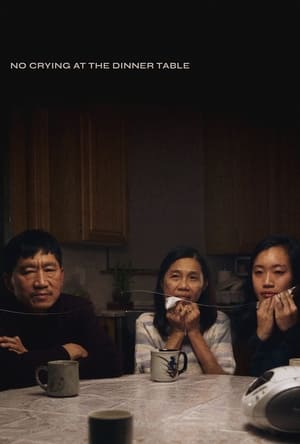 7.3
7.3No Crying at the Dinner Table(en)
Filmmaker Carol Nguyen interviews her own family to craft an emotionally complex and meticulously composed portrait of intergenerational trauma, grief, and secrets in this cathartic documentary about things left unsaid.
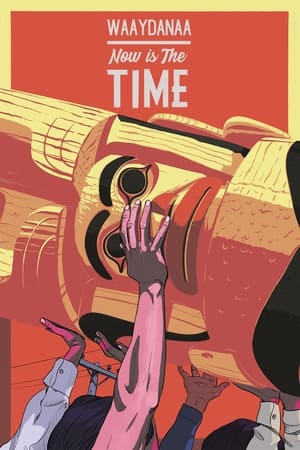 0.0
0.0Now Is the Time(en)
When internationally renowned Haida carver Robert Davidson was only 22 years old, he carved the first new totem pole on British Columbia’s Haida Gwaii in almost a century. On the 50th anniversary of the pole’s raising, Haida filmmaker Christopher Auchter steps easily through history to revisit that day in August 1969, when the entire village of Old Massett gathered to celebrate the event that would signal the rebirth of the Haida spirit.
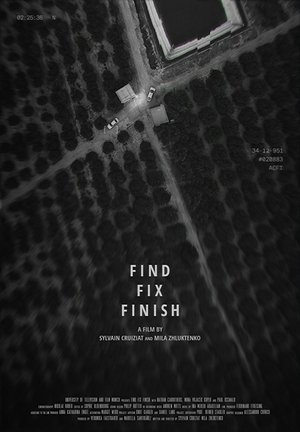 0.0
0.0Find Fix Finish(de)
Find Fix Finish delves into the stories of three US-Drone pilots revealing the clandestine operational strategies practiced by the US Government.
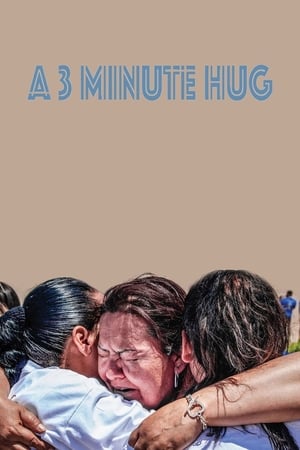 6.5
6.5A 3 Minute Hug(es)
As daylight breaks between the border cities of El Paso, Texas, and Juarez, Mexico, undocumented migrants and their relatives, divided by a wall, prepare to participate in an activist event. For three minutes, they’ll embrace in no man’s land for the briefest and sweetest of reunions.
 6.0
6.0Toronto Jazz(en)
Toronto is regarded as the third largest jazz centre in North America. This film features a cross-section of jazz bands of that city: the Lenny Breau Trio, the Don Thompson Quintet and the Alf Jones Quartet. Their styles show creative self-expression, hard work, and improvisation.
 8.2
8.2Night and Fog(fr)
Filmmaker Alain Resnais documents the atrocities behind the walls of Hitler's concentration camps.
Apache(en)
Short about the daily life of the Apaches, including their ceremonies.
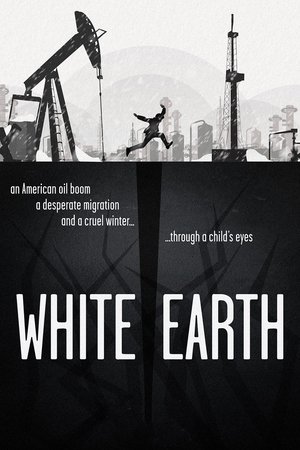 6.4
6.4White Earth(en)
An oil boom has drawn thousands to America’s Northern Plains in search of work. Against the backdrop of a cruel North Dakota winter, the stories of three children and an immigrant mother intertwine among themes of innocence, home, and the American Dream.
 7.1
7.1The Arrival of a Train at La Ciotat(fr)
A group of people are standing along the platform of a railway station in La Ciotat, waiting for a train. One is seen coming, at some distance, and eventually stops at the platform. Doors of the railway-cars open and attendants help passengers off and on. Popular legend has it that, when this film was shown, the first-night audience fled the café in terror, fearing being run over by the "approaching" train. This legend has since been identified as promotional embellishment, though there is evidence to suggest that people were astounded at the capabilities of the Lumières' cinématographe.
 7.0
7.0Land Without Bread(es)
An exploration —manipulated and staged— of life in Las Hurdes, in the province of Cáceres, in Extremadura, Spain, as it was in 1932. Insalubrity, misery and lack of opportunities provoke the emigration of young people and the solitude of those who remain in the desolation of one of the poorest and least developed Spanish regions at that time.
Darts in the Dark: An Introduction to W.O. Mitchell(en)
Canadian author, humorist and storyteller W.O. Mitchell talks about his career as a writer and performer. Known for his witty radio and television appearances, Mitchell shows a more serious side as he reveals his personal views on writing and on the meaning of life and death.
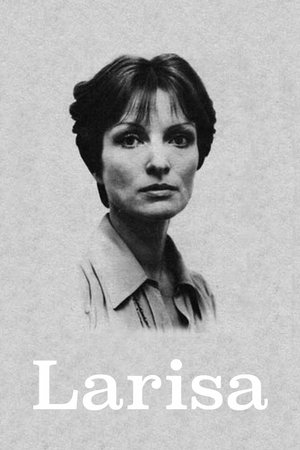 5.9
5.9Larisa(ru)
Elem Klimov's documentary ode to his wife, director Larisa Shepitko, who was killed in an auto wreck.
 6.7
6.7Workers Leaving the Lumière Factory(fr)
Working men and women leave through the main gate of the Lumière factory in Lyon, France. Filmed on 22 March 1895, it is often referred to as the first real motion picture ever made, although Louis Le Prince's 1888 Roundhay Garden Scene pre-dated it by seven years. Three separate versions of this film exist, which differ from one another in numerous ways. The first version features a carriage drawn by one horse, while in the second version the carriage is drawn by two horses, and there is no carriage at all in the third version. The clothing style is also different between the three versions, demonstrating the different seasons in which each was filmed. This film was made in the 35 mm format with an aspect ratio of 1.33:1, and at a speed of 16 frames per second. At that rate, the 17 meters of film length provided a duration of 46 seconds, holding a total of 800 frames.
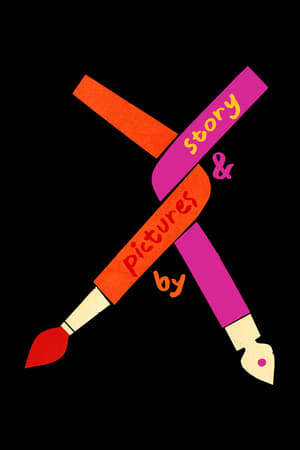 0.0
0.0Story & Pictures By(en)
Takes audiences behind the scenes of the new golden age of children’s picture books —a time when all children can see characters who look like them on the page; a time when creators come from diverse communities and backgrounds; and a time when instead of keeping the hard stuff out of stories for children, we put it in and provide context and counternarrative.
Fanalysis(en)
Actor/cult icon Bruce Campbell examines the world of fan conventions and what makes a fan into a fanatic.
Seven Times a Day We Bemoan Our Lot and at Night We Get Up to Avoid Our Dreams(de)
A cinematic devotional book. Based on interviews with an unemployable sufferer (and his fellows), living in the East German countryside. Who lost his memory in 1989 and woke up into several nightmares.
 7.5
7.5Brasilia, Contradictions of a New City(pt)
In 1967, de Andrade was invited by the Italian company Olivetti to produce a documentary on the new Brazilian capital city of Brasília. Constructed during the latter half of the 1950s and founded in 1960, the city was part of an effort to populate Brazil’s vast interior region and was to be the embodiment of democratic urban planning, free from the class divisions and inequalities that characterize so many metropolises. Unsurprisingly, Brasília, Contradições de uma Cidade Nova (Brasília, Contradictions of a New City, 1968) revealed Brasília to be utopic only for the wealthy, replicating the same social problems present in every Brazilian city. (Senses of Cinema)
